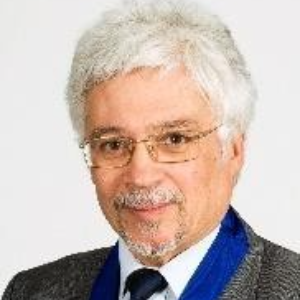Spine and Spinal Deformities
The spine is the major support structure of our bodies. It supports our weight and connects the various elements of our bones, including our head, chest, pelvis, shoulders, arms, and legs. The spine is flexible thanks to elastic ligaments and spinal discs, despite being made up of a chain of bones. The length of a person's spine is proportional to their height. Men's average length is 71 cm, while women's average length is 61 cm. Your spine has several purposes: it supports the weight of your head, chest, and limbs, as well as allowing your body to move in all directions. The flexibility of some portions of the spine is greater than that of others. The cervical spine is the most flexible section (neck area). The spinal cord, which flows through the spinal canal, is also protected by the bones that make up the spine.
A deformity of the skeletal vertebral column is an irregular alignment or curve. Scoliosis and kyphosis in adults can be caused by age-related wear and tear on the spine, as well as problems from previous surgery. When the facet joints and discs degrade over time and are no longer able to support the spine's normal posture, moderate deformity occurs. The irregular curve does not cause pain; it is caused by stressed joints and pinched nerves. Medication, physical therapy, injections, and surgery are all options for treatment. The alignment and curvature of the spine can be changed in a variety of ways. A birth defect, a child's growth, ageing, injury, or past spine surgery can all cause them. Degenerative scoliosis is the most frequent type of spine deformity in adults.

Stephen S Tower
University of Alaska Anchorage, United States
Marcos Brioschi
American Academy of Thermology, United States
Wagih El Masri
Keele University, United Kingdom
Arif Akkok
Lake Erie College of Osteopathic Medicine, United States
Akash Ganguly
Warrington and Halton Hospitals NHS FT, United Kingdom
Sajid Ali
The Dudley Group NHS Foundation Trust, United Kingdom




Title : The UK profemur recall and implant cobaltism
Stephen S Tower, University of Alaska Anchorage, United States
Title : The tomographic phenotype and the genotype of wormain bones
Ali Al Kaissi, National Ilizarov Medical Research Center for Traumatology and Orthopaedics, Russian Federation
Title : New treatment of muscle contracture and joint contracture through muscle regeneration with mitochondrial dynamics
Ki Ji Lee, Busan Medical University, Korea, Republic of
Title : New treatment of sarcopenia through muscle regeneration with mitochondrial dynamics
Ki Ji Lee, Busan Medical University, Korea, Republic of
Title : The prevalence and association of self-reported depression symptoms with musculoskeletal pain and quality of life among pregnant women
Youssef Masharawi, Tel Aviv University, Israel
Title : Bipolar hemiarthroplasty under local anesthesia (2%)
Ketan Karabhai Parmar, Aayush Multispecialty Hospital, India